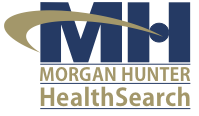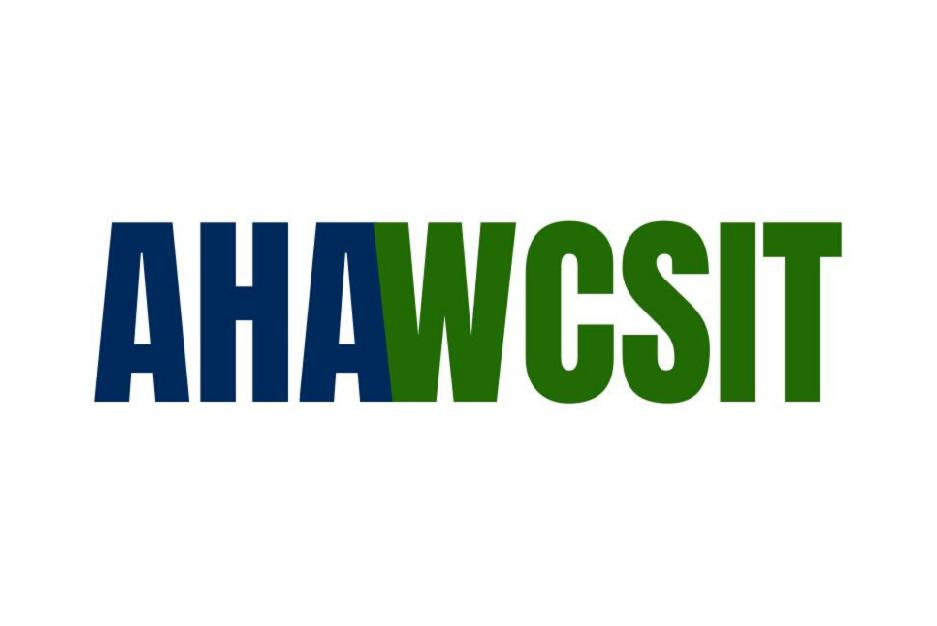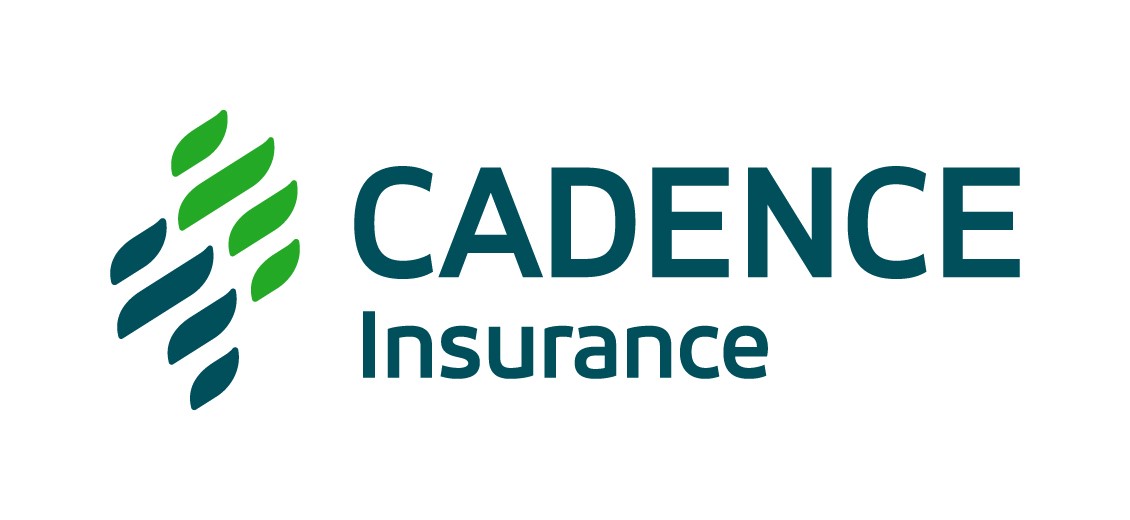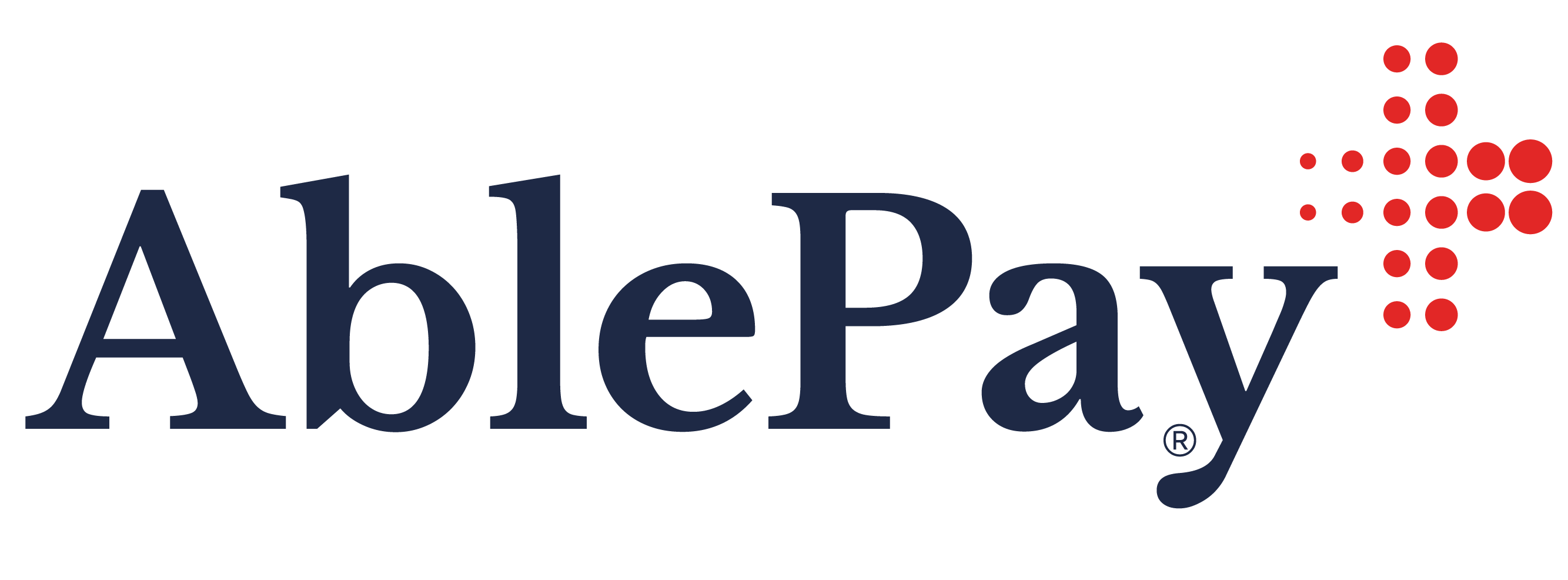New Ranking Show States With Best and Worst Patient Access to Physicians
“Physician Access Index” Tracks 33 Patient Access Variables
Contact: Phillip Miller
469-524-1420/phil.miller@amnhealthcare.com
IRVING, TX -- As patients seek quicker access to physicians through urgent care centers, retail clinics, telehealth services and other “convenient care” offerings, a new ranking system incorporating 33 variables shows those states in which patients are likely to have the easiest access to physicians and those states where access is likely to be the most difficult.
Compiled by Merritt Hawkins, the nation’s leading physician search firm and a company of AMN Healthcare (NYSE: AHS), the benchmarking data indicate that Massachusetts, New Hampshire, Vermont, Delaware, and Maryland have the most positive physician access variables, while Mississippi, Texas, New Mexico, Nevada and Oklahoma have the fewest.
“When it comes to accessing physicians, not all places or all patients are equal,” said Mark Smith, president of Merritt Hawkins. “As the healthcare system evolves, there will be clear access ‘haves’ and access ‘have-nots,’ and the rankings reflects these imbalances.”
The Physician Access Index, as Merritt Hawkins’ ranking system is called, tracks nearly three dozen metrics that influence access to physicians, physician assistants (PAs) and nurse practitioners (NPs) in each state using a variety of proprietary and non-proprietary sources. Metrics include physicians per capita in the state, physicians trained per capita, physicians trained per capita who stay in the state, PAs and NPs per capita, percent of the population with health insurance, physician Medicare and Medicaid acceptance rates, household income, states incorporating telehealth, urgent care centers and retail clinics per capita, percent of physicians close to retirement, and a variety of others. Each state is given a score for each metric. The more favorable the metric (i.e., a high number of physicians per capita) the lower the score. Massachusetts, for example, has the most physicians per capita and is given a score of one for this metric, while Mississippi has the fewest and is given a score of 50.
At 442 points, Massachusetts has the lowest score and hence the most positive physician access variables, while at 1096, Oklahoma has the highest score and hence the fewest positive physician access variables.
While these scores paint an overall picture of physician access in each state, there are a number of factors that can influence access within states, Smith said. Though New York trains more physicians per capita than any state besides Massachusetts and is ranked 11th best for physician access, it ranks 34th in percent of mental health care needs met. New Mexico, which ranks third to last in the overall rankings, ranks sixth in patient encounters per capita in Federally Qualified Health Centers (FQHCs), indicating the state has a robust safety net program for traditionally underserved patients.
“No state is without its challenges and strong points where physician access is concerned,” Smith said. “There are pockets of patients with poor physician access in highly ranked states and pockets of patients with good physician access in states with low rankings.”
What the data show, Smith said, is in what categories states have physician access challenges and how these challenges might be addressed. Poverty rates and low per capita incomes can be key barriers to physician access, but these are societal problems that take time to resolve, according to Smith. However, states can take more immediate steps to increase the number of physicians they train by funding residency positions, and they can increase the percent of physicians they retain after training through educational loan repayment and other retention incentives. States also can reduce barriers to telehealth implementation, expand the practice parameters of NPs and PAs, increase or expand FQHCs, and expand eligibility requirements for Medicaid through the Affordable Care Act, if they have not done so already, Smith said.
Though patient access to physicians varies from place to place, the issue of physician availability is a broad one tied to federal policies and national goals, according to Smith.
“The best way to ensure better access to physicians is to enhance economic opportunity for all Americans, reducing barriers to care.” Smith said. “The federal government also needs to remove its current cap on funding for physician training, which is inhibiting physician supply as demand for doctors is growing.”
Download PHYSICIAN ACCESS INDEX
Download PHYSICIAN ACCESS INDEX MAP/SCORES
Merritt Hawkins Physician Access Index may be accessed at Merritt Hawkins’ web site at www.merritthawkins.com or can be obtained by calling 800-876-0500.















